John Dalton was a British scientist most famous for his contribution to the atomic theory which laid the foundation of modern chemistry. Born to a Quaker family of modest means, Dalton started working as a teacher when he was only 12 and did most of his education while he taught. He began his scientific career as a meteorologist, making several important contributions in the field, before becoming one of the most important chemists of all time. Know more about the life, family, education and work of this great scientist.
#1 JOHN DALTON WAS A QUAKER
John Dalton was born on 6 September 1766 at the settlement of Eaglesfield in the county of Cumberland in England. His grandfather Jonathan Dalton was a shoemaker while his father Joseph Dalton was a weaver. Quakers were Christians who among other things believed in the priesthood of all believers and dissented from the established Church of England. John’s father Joseph Dalton was a Quaker. In 1755, Joseph married John’s mother Deborah Greenup, who belonged to a family of landowners and was also a Quaker.
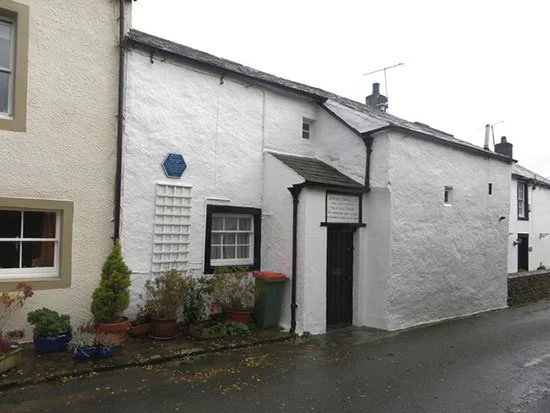
#2 HE STARTED TEACHING AT A LOCAL SCHOOL WHEN HE WAS TWELVE
Joseph and Deborah Dalton had six children but only three were able to survive till adulthood. John Dalton was the youngest among them. His elder brother was Jonathan Dalton while his elder sister was Mary Dalton. John Dalton received his early education at John Fletcher’s Quaker grammar school in Eaglesfield. In 1778, John Fletcher retired and passed over his school to Jonathan Dalton. John started to assist his elder brother by teaching at the school. He was 12 years old then.
#3 HE WORKED AS A TEACHER AT THE NEW COLLEGE IN MANCHESTER
At the age of 15, John Dalton and his brother started running a Quaker school in Kendal, where they taught about 60 students. When he was 19 he became principal of the school and continued in this role till he was 26. In 1793, at the age of 27, Dalton moved to Manchester where he was appointed teacher of mathematics and natural philosophy at the New College, a dissenting academy. He remained there till he was 34 at which point he resigned from the post due to financial difficulties faced by the academy. Dalton then supported himself by giving private lessons.
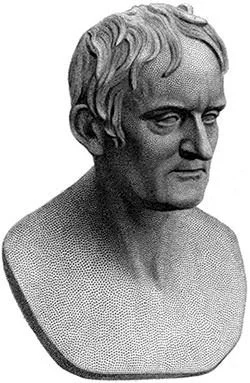
#4 HIS TWO IMPORTANT MENTORS WERE ELIHU ROBINSON AND JOHN GOUGH
Dalton’s family was not well off due to which he had to earn his living from an early age. Also being a Dissenter of the Church of England, his educational opportunities were restricted. Two men who contributed in Dalton’s education were Elihu Robinson, a rich Quaker gentleman of scientific attainments whom Dalton met when he was 10; and John Gough, a blind English philosopher with wide-ranging scientific interests whom Dalton met when he was 16. Through informal instructions from these two, Dalton acquired much of his early scientific and mathematical knowledge, and the rudiments of Latin, French and Greek.
#5 HIS FIRST PUBLISHED WORK WAS METEOROLOGICAL OBSERVATIONS AND ESSAYS
Robinson and Gough were amateur meteorologists and they got John Dalton interested in the problems of meteorology, the scientific study of atmosphere. In 1787, Dalton began to keep a meteorological diary in which, during the next 57 years, he entered more than 200,000 observations. In 1793, at the age of 27, Dalton’s Meteorological Observations and Essays became his first published work. Though it generated little attention, it contained remarkable observations and original ideas.
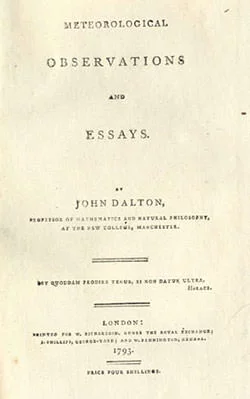
#6 DALTON WAS THE FIRST TO PUBLISH A SCIENTIFIC PAPER ON COLOUR BLINDNESS
On 3 October 1794, at the age of 28, Dalton was elected a member of the Manchester Literary and Philosophical Society. Membership of the organization granted Dalton access to a laboratory for the first time. Soon after joining the organization, he contributed his first paper on “Extraordinary facts relating to the vision of colours”, which described the defect he had discovered in his own and his brother’s vision. Though inaccurate in most aspects, this paper was the first publication on colour blindness, which is sometimes referred to as Daltonism in his honour.
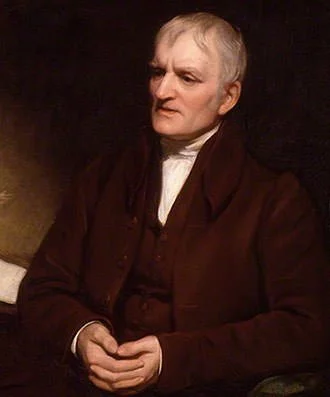
#7 HE WAS CALLED THE FATHER OF METEOROLOGY
Against popular perception at the time, John Dalton upheld the view that earth’s atmosphere was a physical mixture of around 80% nitrogen and 20% oxygen. In 1801 he came up with a useful law of evaporation; and in 1803 his famous law of partial pressures was published which enhanced his reputation and is still used by chemistry students. Dalton’s work in meteorology was widely discussed and established the subject as an important science. John Frederic Daniell, who is famous for inventing the Daniell Cell, hailed John Dalton as the “father of meteorology.”
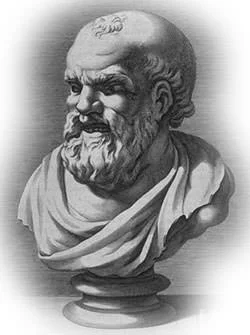
#8 DALTON IS MOST FAMOUS FOR HIS ATOMIC THEORY
Ancient Greek philosopher Democritus had postulated an abstract theory by which everything was composed of “atoms” which were indivisible. The idea, which had been proposed more than 2000 years earlier, had fallen out of favour in the scientific community. Dalton used the term atom for his atomic theory which he developed after performing numerous experiments. Among other things, his theory postulated that every form of matter was made of small indivisible particles (atoms) and that they combined, separated, or rearranged during chemical reactions to form compounds. Dalton’s Atomic Theory laid the foundation for modern chemistry and parts of it hold good even today.
#9 HE WAS HONOURED BY THE LEADING SCIENTIFIC SOCIETIES IN UK, FRANCE AND US
Dalton served as president of the Manchester Literary and Philosophical society from 1817 till his death. In 1810, he was offered but declined the fellowship of Royal Society of London. However, in 1822, he was elected without his knowledge and accepted the invitation. In 1826, Dalton was awarded the Society’s Royal Medal for his Atomic Theory. In 1830, he was elected one of only eight foreign members of the French Academy of Sciences and in 1834 he was elected a Foreign Honorary Member of the American Academy of Arts and Sciences.
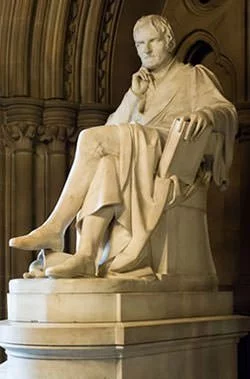
#10 HE IS PROBABLY THE ONLY SCIENTIST WHO GOT A STATUE IN HIS LIFETIME
Leading English sculptor of the time Francis Leggatt Chantrey crafted a large statue of Dalton which was erected while Dalton was still alive and it has been said: “He is probably the only scientist who got a statue in his lifetime”. Dalton did not marry and had no children. He had only a few close friends and remained a faithful Quaker all of his life, living modestly. John Dalton died on 27 July, 1844 in Manchester at the age of 77. He was given a civic funeral by the city of Manchester in honour of his contributions to science. Such was the reputation he had acquired that 40,000 people attended the procession.

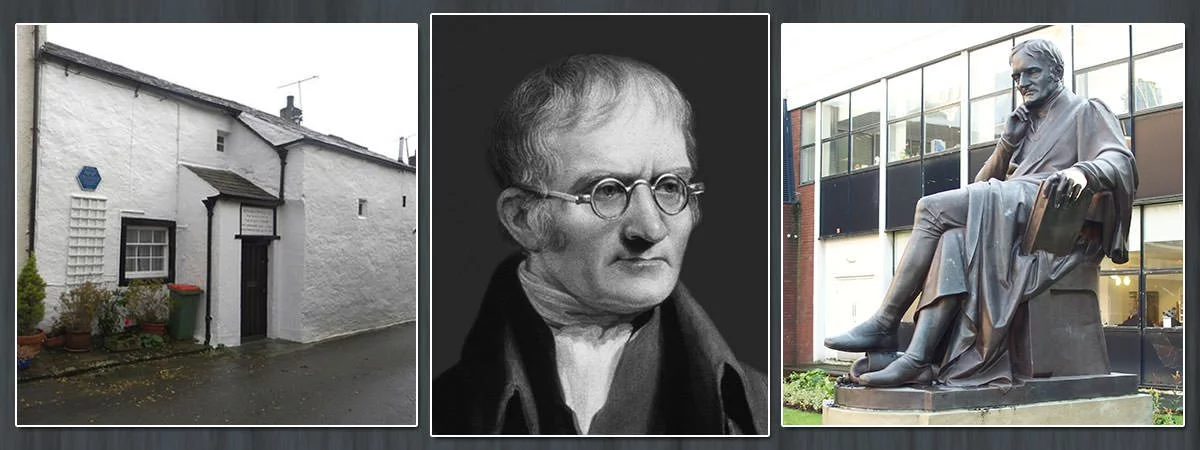
thankyou
You’re welcome.
cool
yup